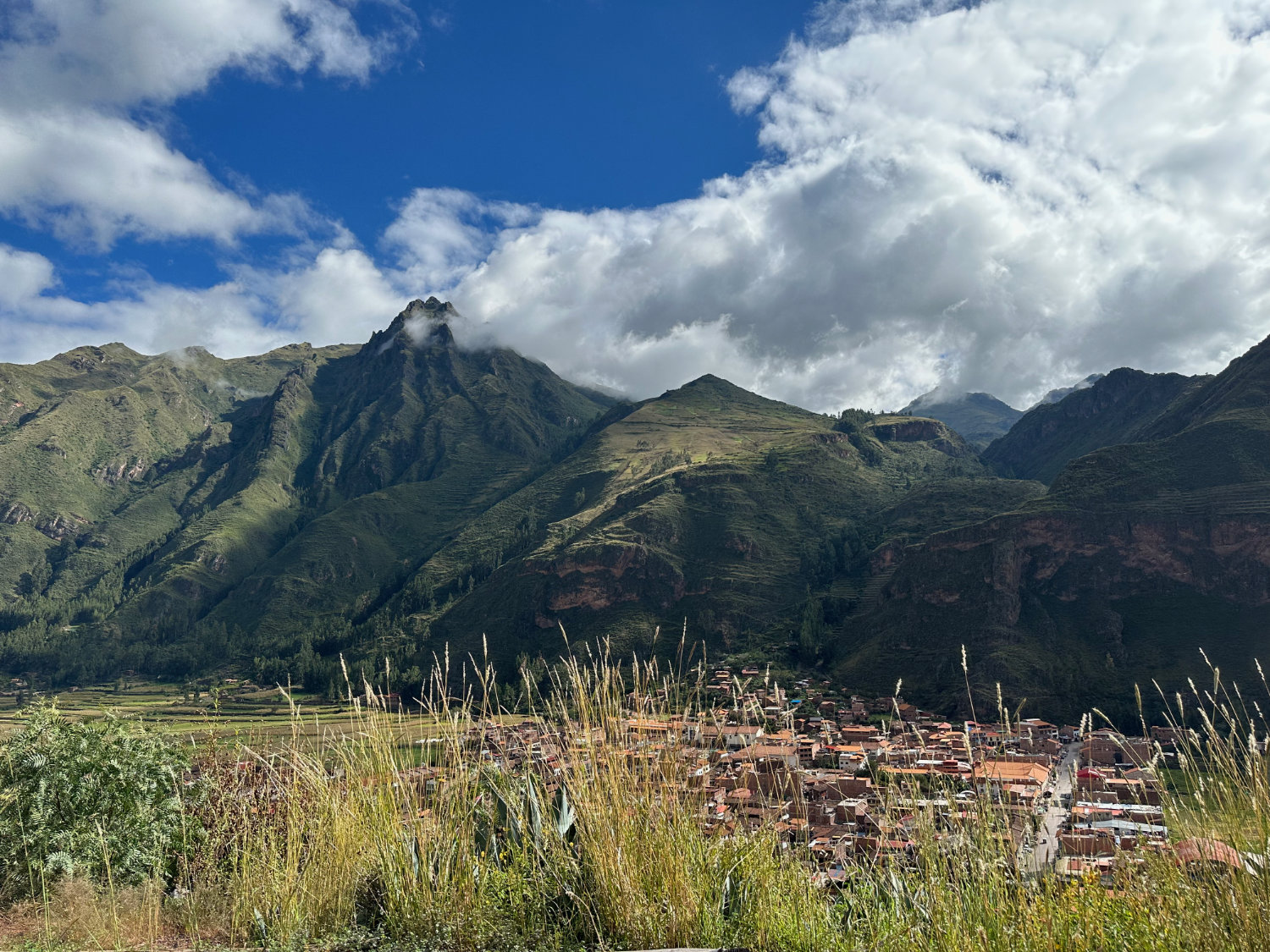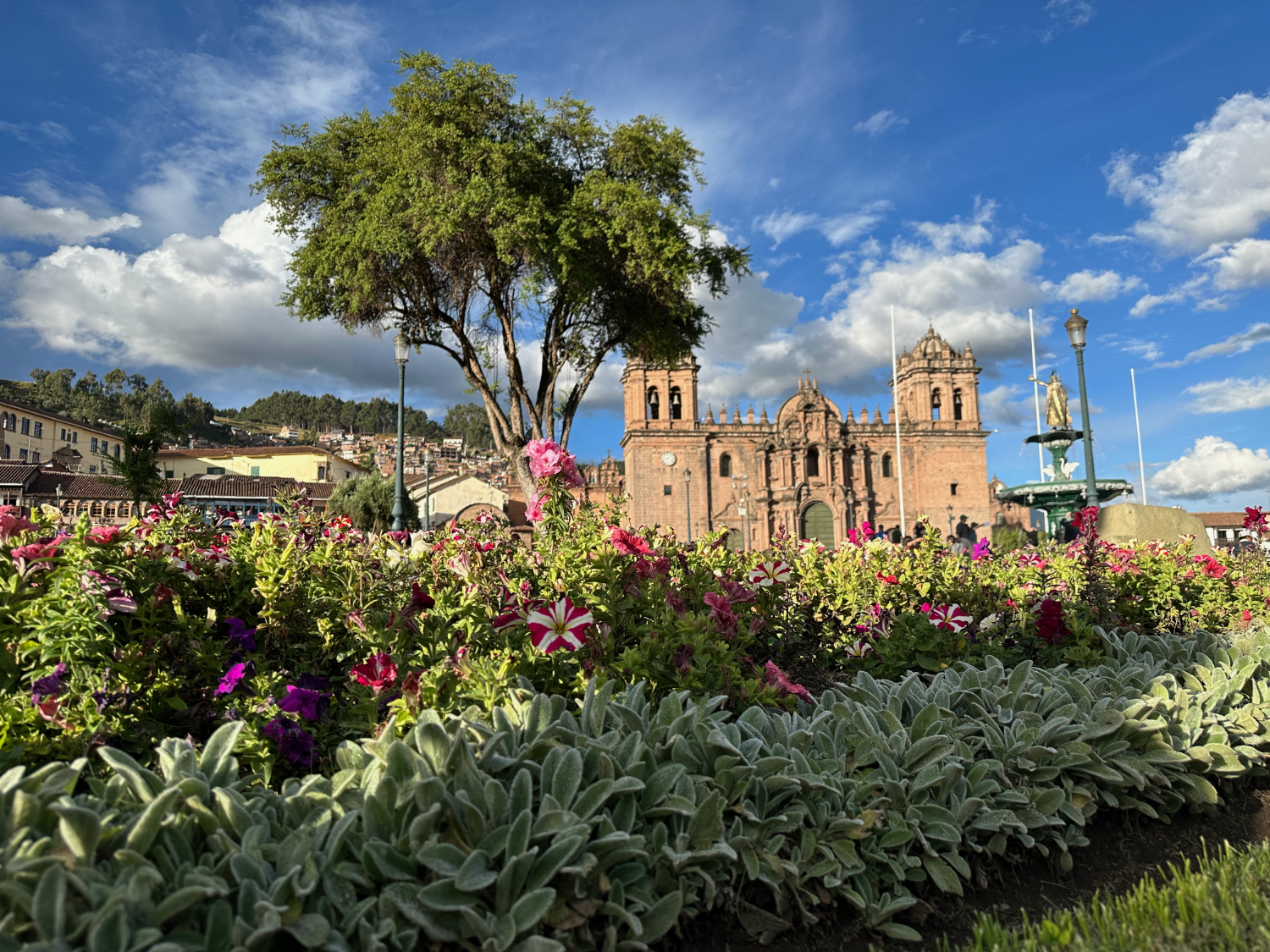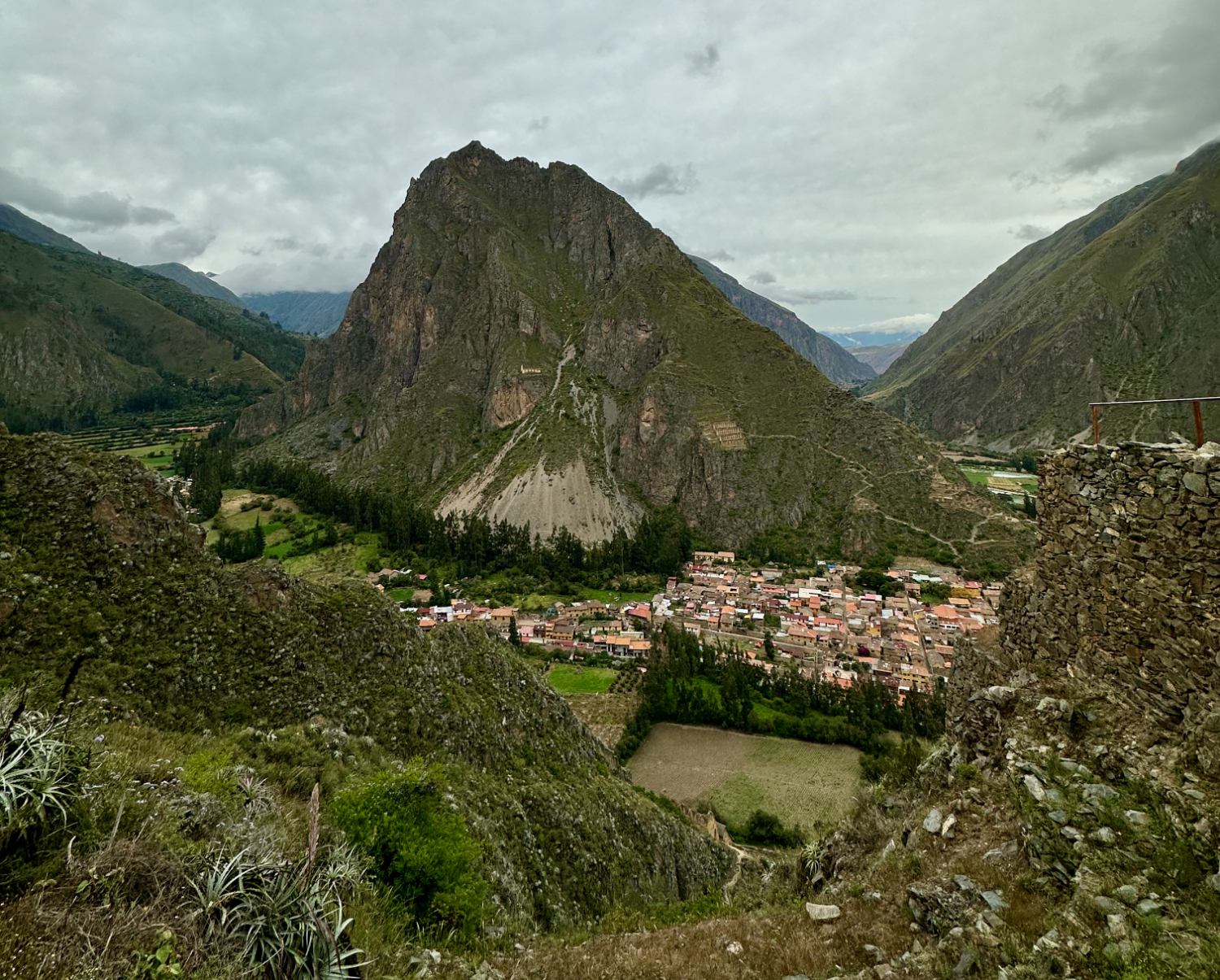Pisac in the Sacred Valley: Market, Ruins, and Travel Tips
Region: South America
Country: Peru
Nestled in the remarkable Sacred Valley of the Incas, Pisac stands out not only for its picturesque landscapes but also for its rich heritage and cultural depth. Whether you’re an enthusiast of history, an archaeology buff, or someone who enjoys immersing themselves in authentic local culture and cuisine, Pisac has something special in store for you.
Exploring Ancient Wonders: The Pisac Ruins
The highlight of any visit to Pisac has to be exploring the remarkable archaeological site that graces the town. Perched high above the modern settlement, the Pisac ruins offer a fascinating glimpse into the Incan civilization. The complex includes agricultural terraces that contour the steep mountain slopes, ingeniously engineered to cultivate crops despite the challenging terrain.
The centerpiece is the Intihuatana, an ancient ceremonial rock that is thought to have functioned as a solar clock or calendar. The precision of Inca stonework here is astonishing and provides a real insight into the sophistication of their civilization.
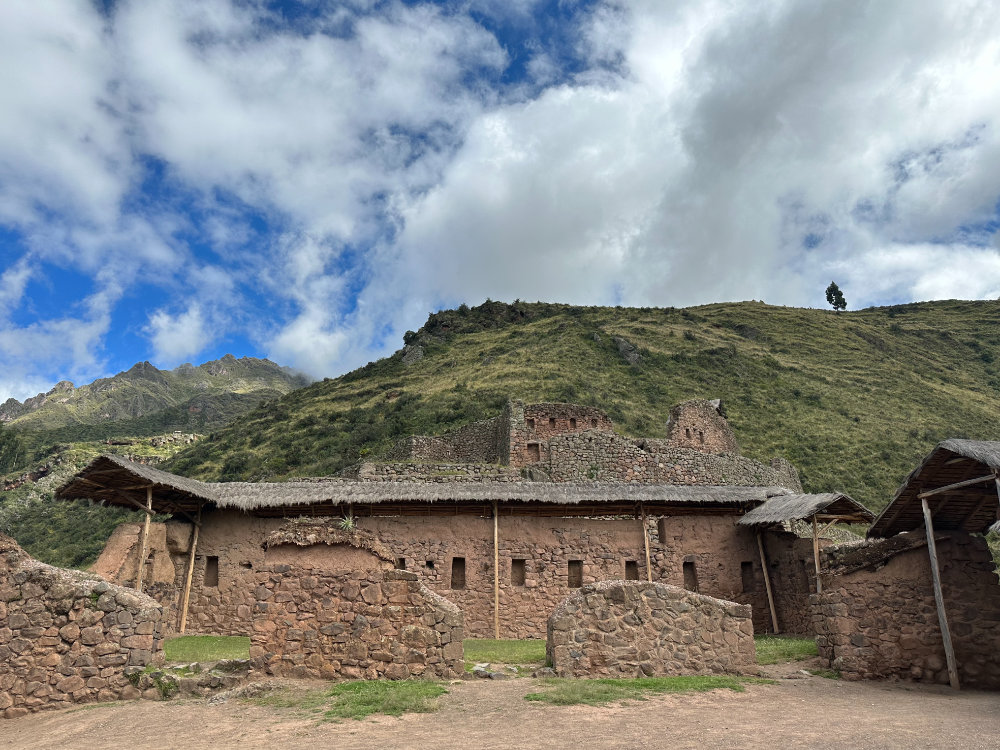
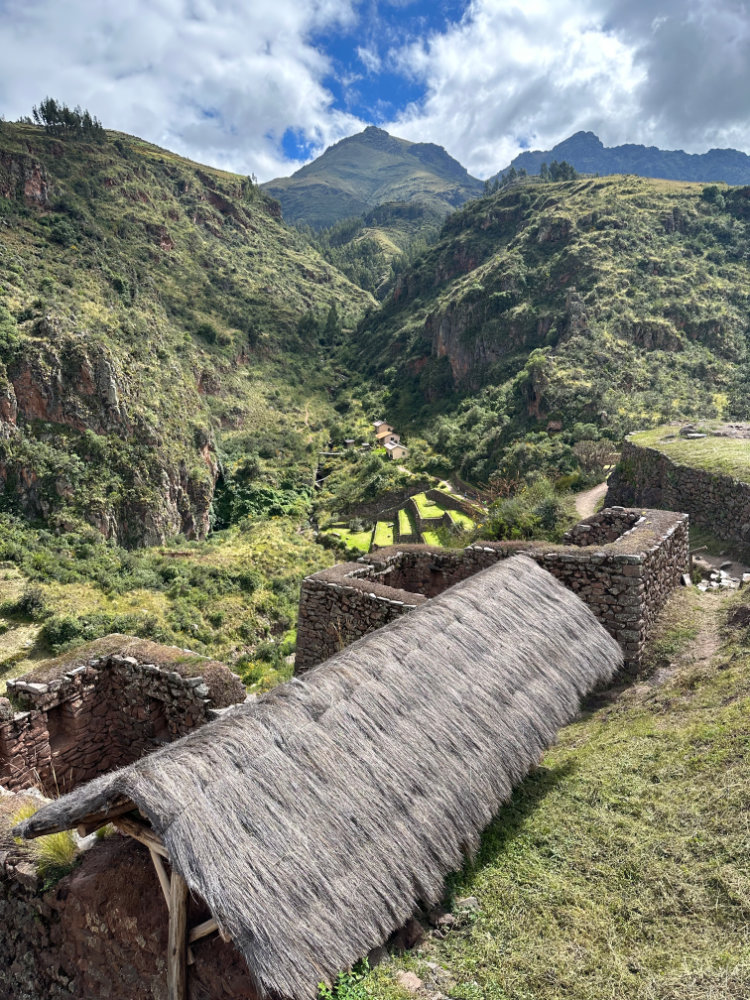
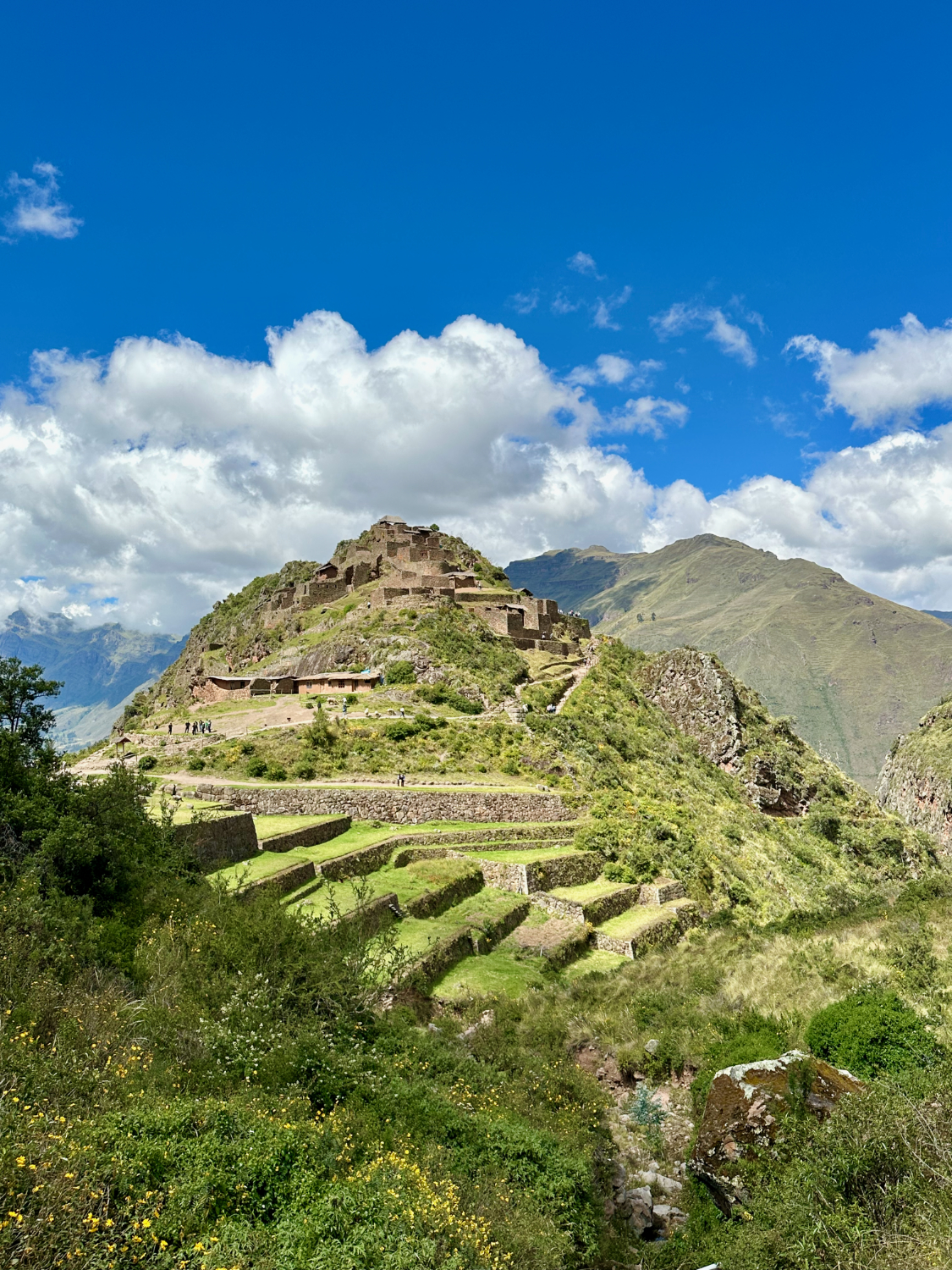
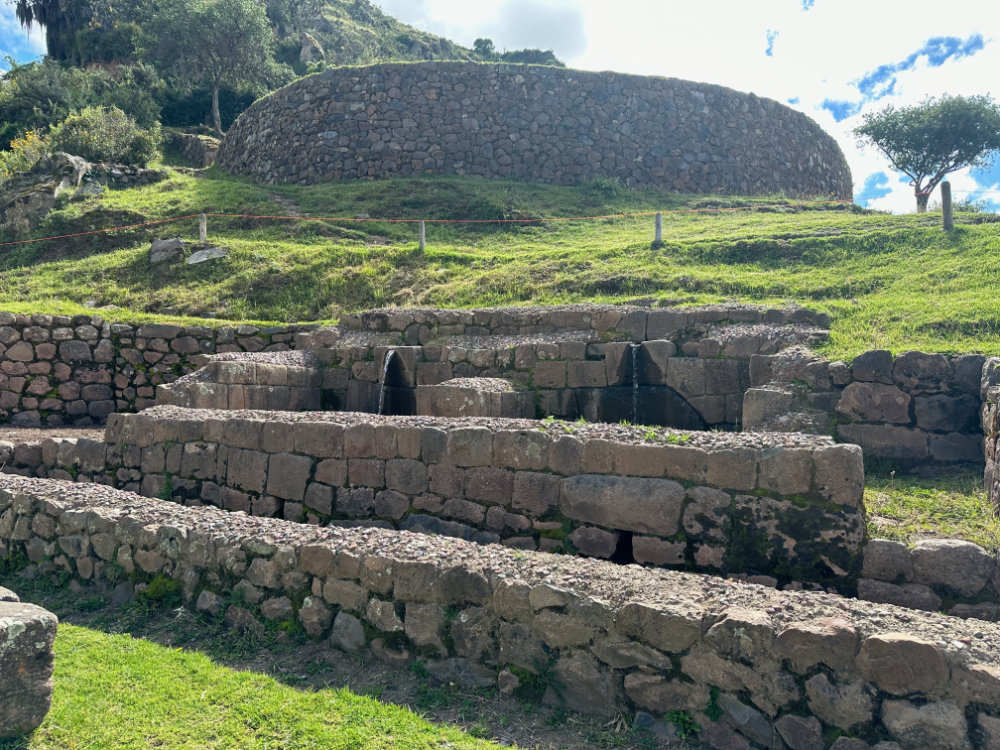
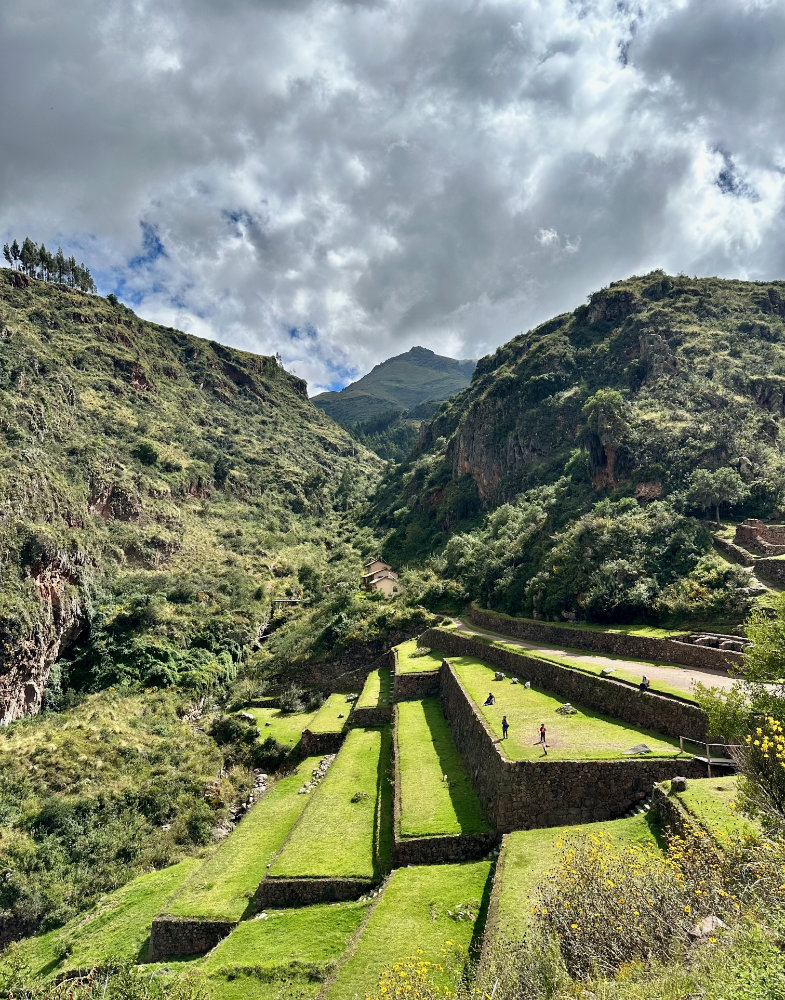
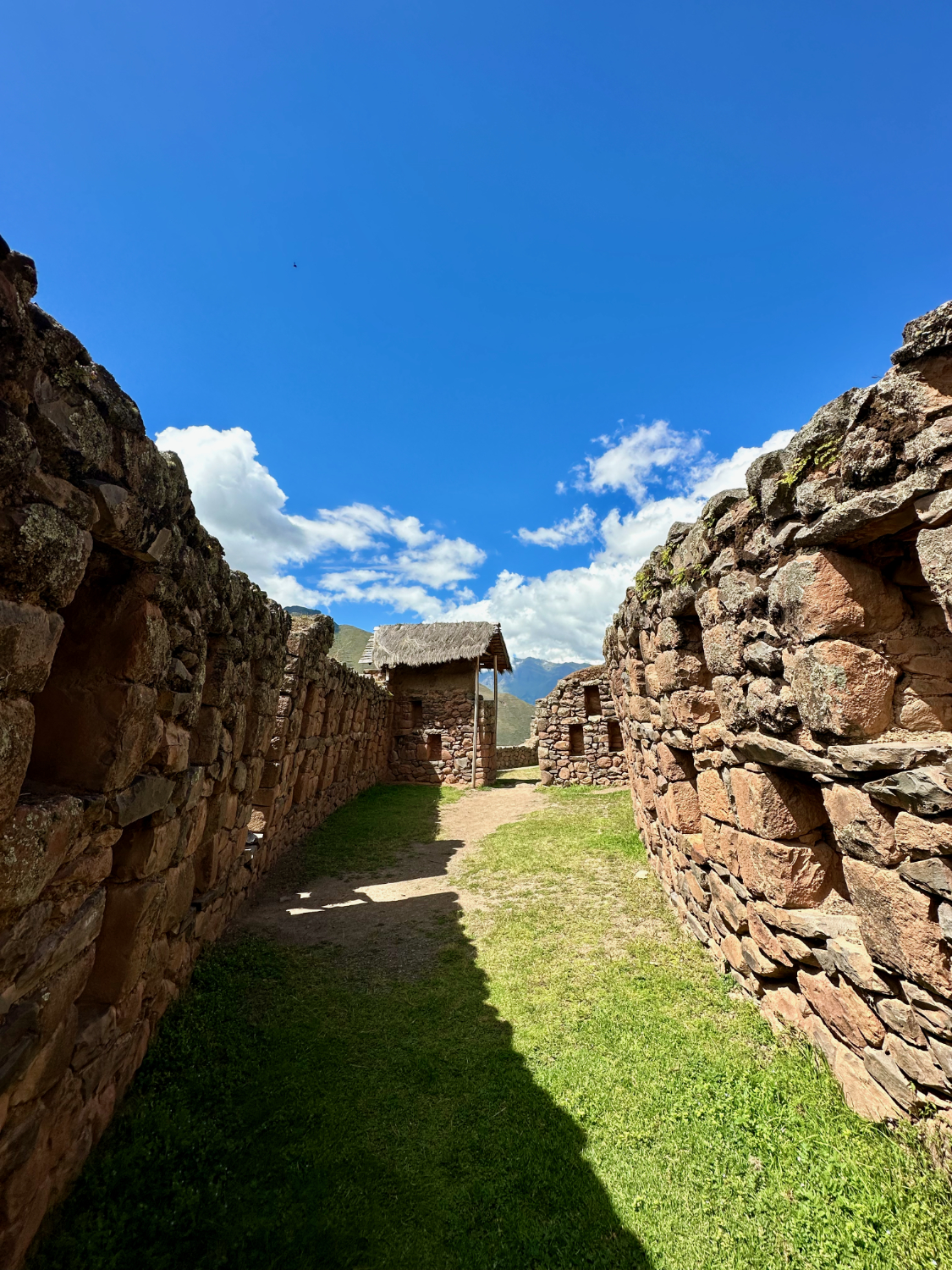
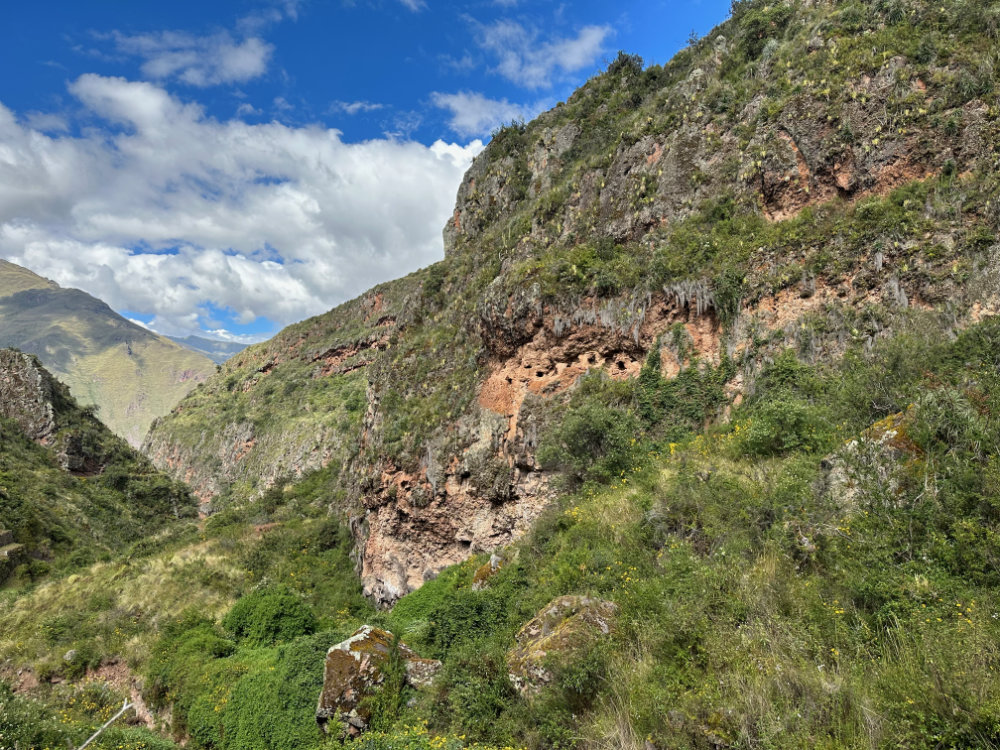
The Vibrant Pisac Market
After delving into ancient history, head down to the bustling market situated in the town center. Pisac Market is renowned for its colorful array of handicrafts, textiles, jewelry, and pottery — all crafted by local artisans. It’s an exceptional place to find unique souvenirs and gifts. The market is at its liveliest on Sundays when locals from the surrounding highlands come into town to trade goods, but you will find it open and vibrant throughout the week.
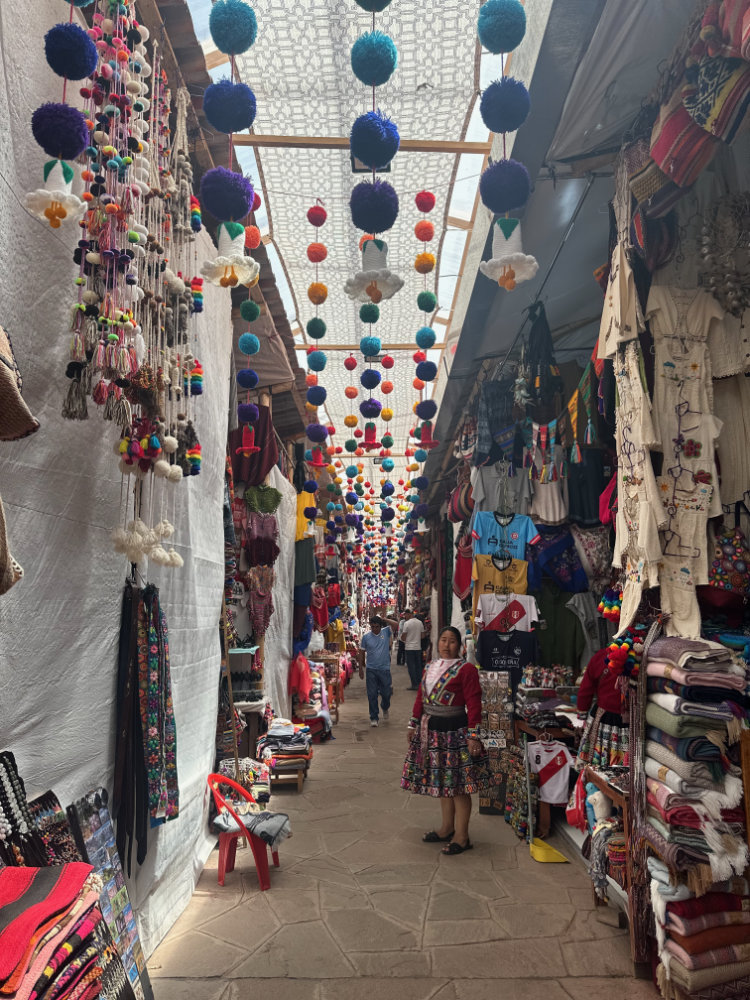

Delightful Gastronomy
For those eager to indulge in local cuisine, Pisac offers some delightful options. One must-try dish is the “Cuy al Horno” (roast guinea pig), a traditional Andean delicacy. For a taste of hearty and flavorful soups, try “Quinoa soup,” which is both nutritious and warming, especially after a day spent exploring the cool mountain air.
Nature Calls
Pisac is not just about ruins and markets; it’s enveloped by some of the most breathtaking scenery in Peru. The surrounding valleys and highlands offer plenty of opportunities for hiking and bird watching. One popular trek is the trail leading from the town to the Pisac ruins. It’s a somewhat steep climb, but you’re rewarded with panoramic views and smaller ruins along the way.
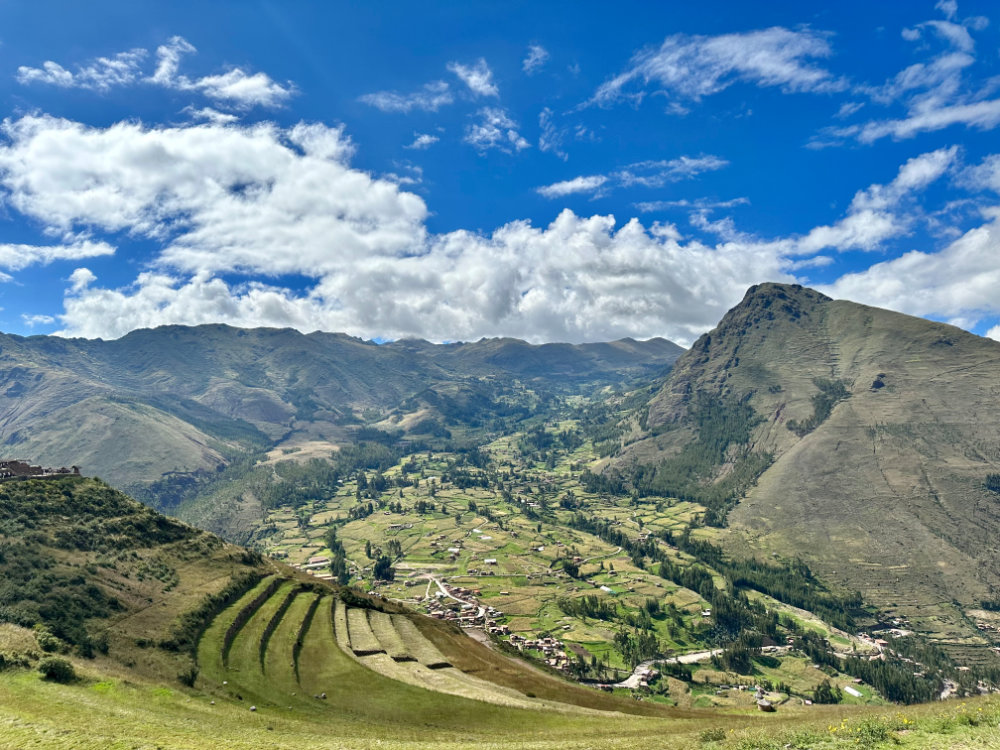
Travel Tips
- Best Time to Visit: The best time to visit Pisac and the Sacred Valley is during the dry season from May to October. Days are usually sunny and warm, which contrasts pleasantly with cooler nights.
- Currency: Peru’s official currency is the Sol (PEN). Many establishments in Pisac do accept major credit cards, but having cash on hand is advisable, especially when shopping at the market or eating at smaller local restaurants.
- Getting There and Around: The closest international airport to Pisac is Alejandro Velasco Astete International Airport in Cusco , about an hour’s drive away. From Cusco , you can take a bus, hire a taxi, or arrange a transfer to Pisac. Once in town, much of Pisac is easily walkable, but taxis and motor-taxis are available for quicker transportation.
Other Essentials
- Wear comfortable hiking shoes as the terrains can be rugged.
- Bring layers since the weather can change quickly from hot sun to chilly winds.
- Stay hydrated and take it slow to adjust to the high altitude.
Respect the Culture
Remember, you’re visiting a site of immense historical and cultural significance. Be respectful by not climbing on ruin walls, and always follow marked paths.
The ancient wonders of Pisac Archeological Site are a testament to Peru’s rich history and the ingenuity of the Inca civilization. From its strategic agricultural terraces to the celestial alignments of its temple, Pisac is not just a travel destination; it’s an invitation to step back in time and experience the profound connection between man, architecture, and the cosmos. Whether you’re an archaeology buff, an adventure seeker, or a cultural enthusiast, Pisac promises an enriching and unforgettable journey.

